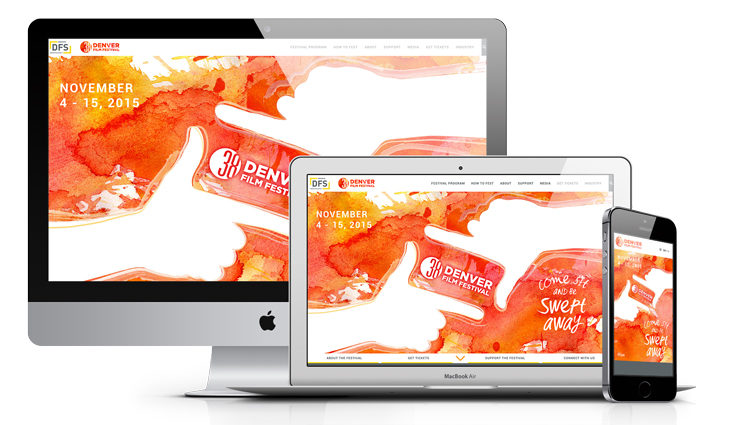
Social cues and interactions can be under-analyzed because of their inherent guidelines. Upon first introductions, it’s natural, and even expected, to look someone in the eye as you shake their hand. It might also be uncomfortable to say something like “I despise broccoli” when a woman tells you she’s pregnant. Humans have certain expectations when it comes to social interactions and if they’re not met, both parties will likely be uncomfortable.
Although there are a handful of platforms that people directly associate with social media, all online interactions are social interactions. The process of interacting with a website is similar in many ways to day-to-day social interactions. We have expectations when it comes to searching for something on Google or filling out an online order form.
If the standard web expectations we’ve acquired for online interactions are not met, we are likely to have an adverse reaction and stray away from said site or online tool. These standard web assumptions showcase why various aspects of websites are vital to consider. In order to foster a “normal relationship” between a web user and a website, certain obligations, such as providing a standard website speed, or only asking for personal information in specific cases, must be met. These examples showcase how online interactions mirror “real” life and how providing an easy-to-use, interactive website can lead to productive relationships between website hosts and clients.
Here at AOR we take this philosophy to heart and have a tried and true process of developing a thoughtful website grounded in research and best practices. This process results in a finished product that checks the box for providing a “normal” relationship while also being engaging by pushing the limits on design and functionality. The company/consumer relationship is something that we pay close attention to in order to take our audience through an online journey that they have come to expect while also pointing them to the end goal we have identified; whether that be to purchase a product, make a donation, or reach out for more information. Check out some examples of our top-notch web designs. And don’t hesitate to reach out.
BACKGROUND:
“100 Things Every Designer Needs to Know About People”, is a book by Susan Weinschenk that provides information regarding why certain UI/UX tactics become popular and prove more effective than others. Weinschenk, a Ph.D. psychologist who has spent 30 years applying psychology to the design of technology, brilliantly breaks down 100 user experience theories and clearly identifies not just what you should do, but why you should do it.